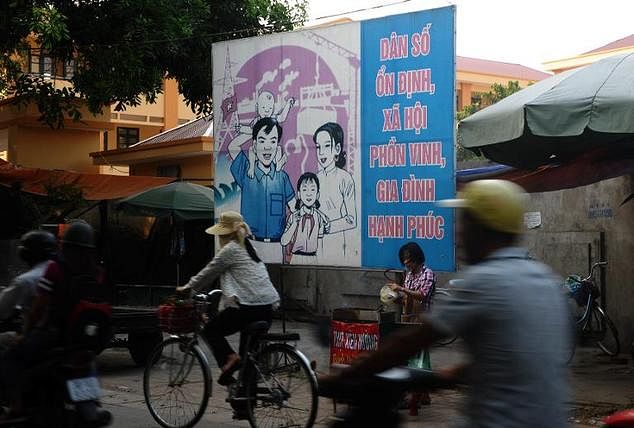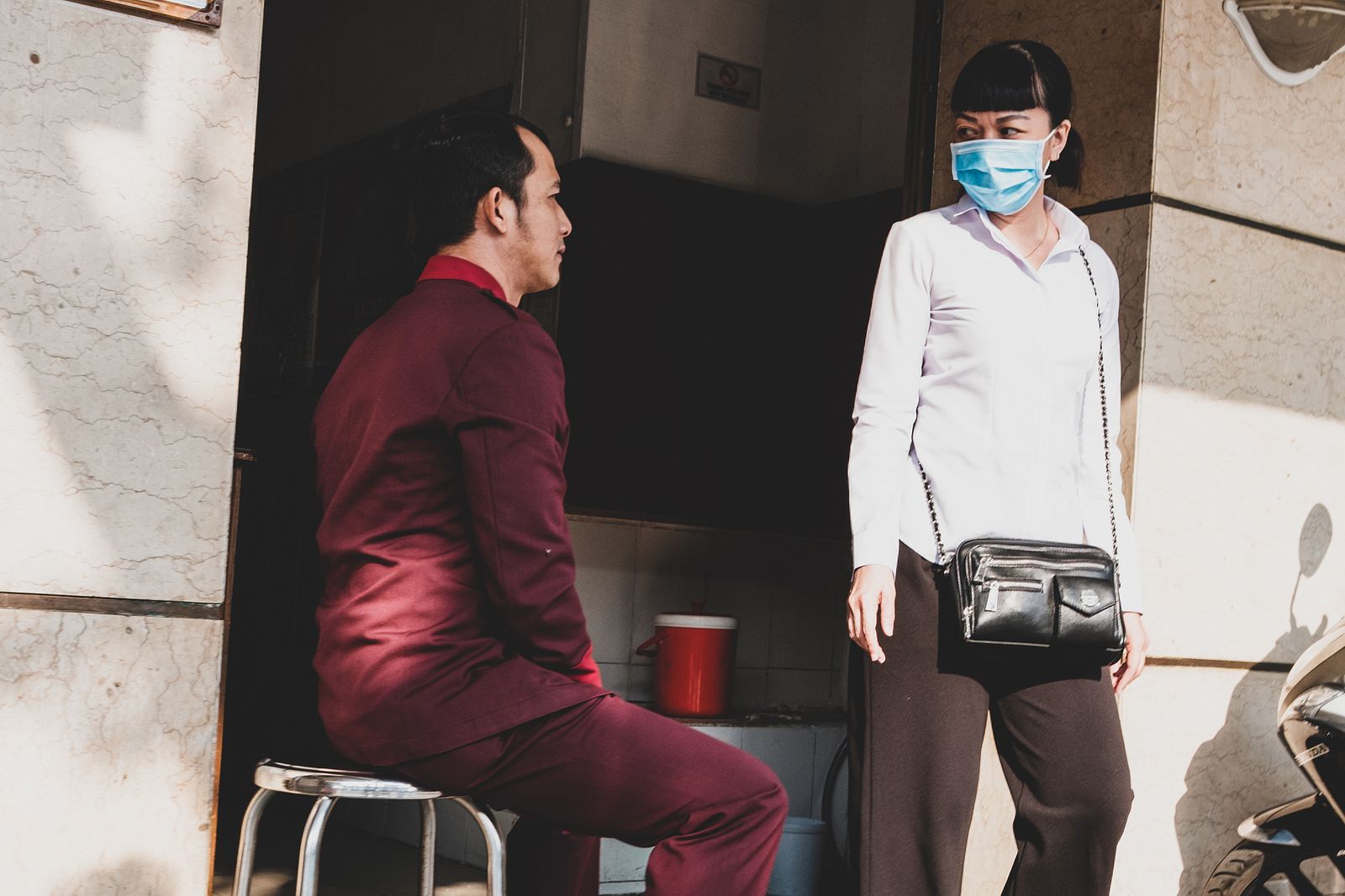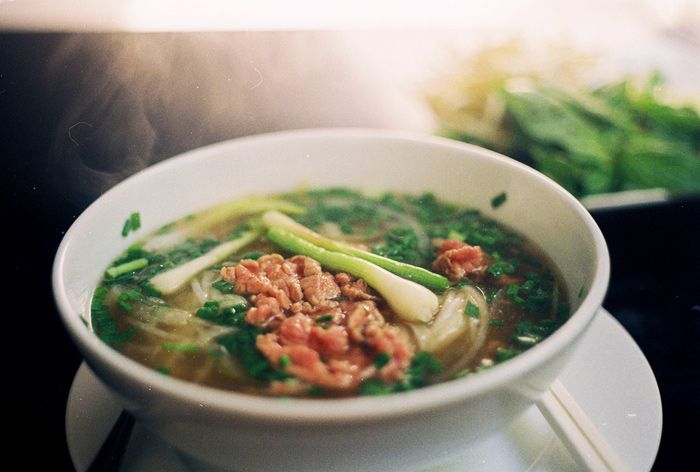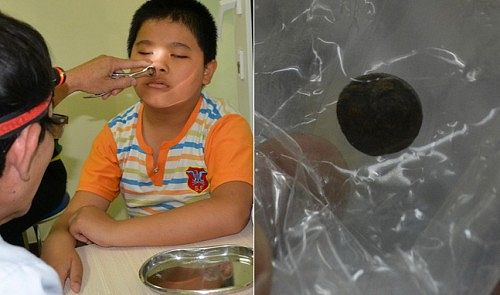In the last several years, there has been some talk about various chemicals found in the food supply here in Vietnam. You may remember bleach in bún and coconuts, MSG in everything, antibiotics in poultry and methanol in beer. Well, add one more to the list - arsenic in rice.
Showing up in Chinese records from 385 BC, inorganic arsenic has been used as both a medicine and a poison since ancient times. It has also been tapped for everything from skin whitening to treatment for syphilis, cancer and psoriasis.
At low doses, it can cause vague, general gastrointestinal symptoms such as vomiting, diarrhea, and abdominal pain. As a result, it became the poison of choice during the Middle Ages and Renaissance since these symptoms resemble that of cholera, a common intestinal infection at that time.
Higher amounts of arsenic can cause low blood cell counts, numbness in the hands and feet, and death if the exposure is too high.
Currently, arsenic is used in pesticides, metal alloys, and as an additive to animal feeds. Because of its application in many high-tech applications, factory run-off and contamination of groundwater is becoming an all too common, and quite serious, problem. Arsenic cannot be destroyed, but can change form, so when factories release it into the environment as dust, solid waste or runoff, most of it ends up in water and soil. When water and soil is contaminated with arsenic it is a straight line into the food source.
Arsenic is a concern in Vietnam because it has a predilection for ending up in the rice plant that absorbs 10x the amount of arsenic compared to other plants.
A number of organizations have kept track of arsenic levels in rice. Much of this data is in regards to rice grown in the US, but there are a few that have looked at levels here in Asia as well.
A large part of the arsenic contamination in Vietnam is documented in the Red River Valley in northern Vietnam.
Arsenic contamination in this area was first found in 1998 at a level of 159ug/L, fifteen times normal levels. In other villages in and around this area levels have been similar, between 10-300 times normal levels. The World Health Organization has set the safe limit of arsenic in water at 10 micrograms/liter.
In most areas where arsenic levels are known to be high, families use sand filters to remove the majority of the arsenic before water is used.
There are no known immediate or short-term concerns with exposure to relatively small amounts of arsenic, but this doesn’t mean that there is no risk, only that we don’t know of any yet.
There is, however, a long-term concern especially with those who consume rice products on a regular basis as it has been linked to a higher incidence of certain cancers, namely skin, kidney, lung, and stomach.
There are some simple things you can do to lower this theoretical risk.
Avoid more than three servings of rice weekly. For most people living in Vietnam, this may be unrealistic, but substituting a different grain for rice is one quick way to lower arsenic in your diet.
Rinse rice before eating it, until the water is clear. Cooking rice in large volumes of water can also remove more arsenic than just steaming it, but this method is not the most practical. Finally, try to cut down on processed rice products commonly found in small shops and supermarkets.
The bottom line is we know arsenic levels are elevated in many types of rice, and arsenic can ultimately end up in our bodies. What we won’t know is its long-term health effects until further research is conducted.
Dr. Ostrander is a board-certified American family doctor, practicing at Columbia Asia Saigon International Clinic. For appointments, please contact the clinic at 08 3823 8888, or e-mail customercare.sg@columbiaasia.com.
[Photo via jacqueline]














